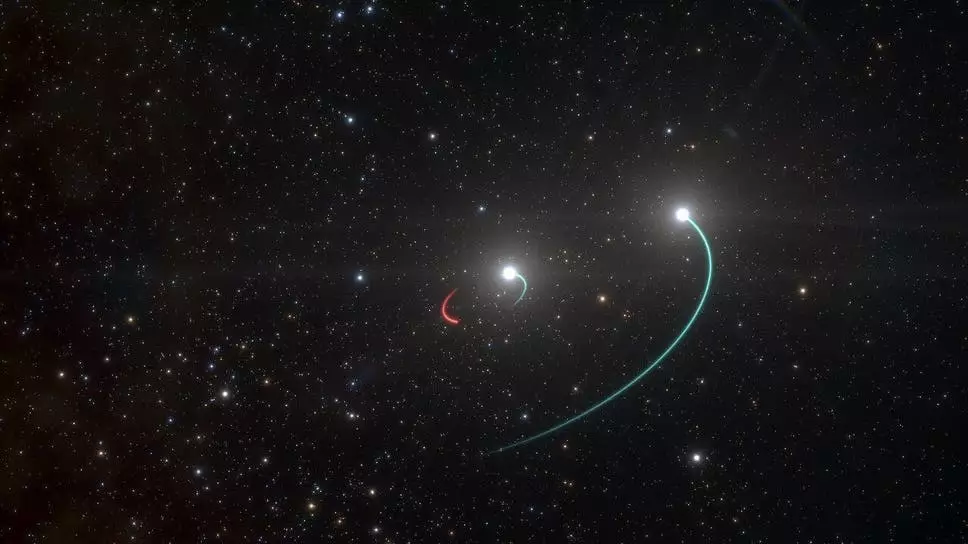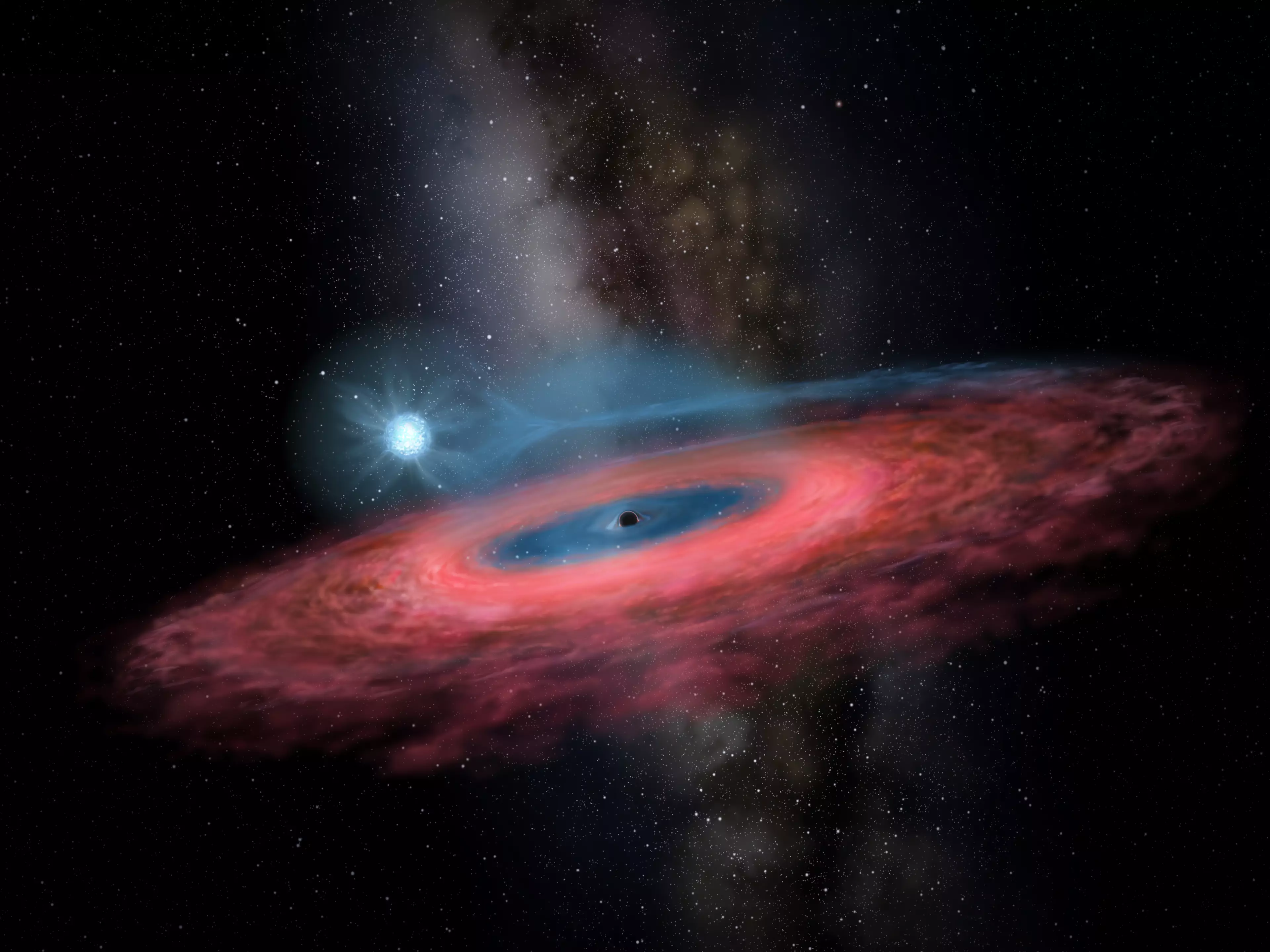
Good news, obliteration fans! Scientists have discovered a new black hole just sitting out there in the universe - and this time it's closer to Earth than any of the others!
In fact, in a new study that's been published, they say that the stars that are being sucked into the swirling void of God-only-knows-what can be seen with the naked eye.
Oh, and to make matters even more promising, they say that there could be similar ones hidden out there, just waiting to be discovered.
Advert
This could just be 'the tip of the iceberg' as far as existentially terrifying space furniture is concerned.
This particular one lies just 1,000 light years from Earth, and was spotted by the good folks over at the European Southern Observatory's facility in - confusingly - Chile.

If you're reading this from within the southern hemisphere - like Chile - then you won't even need a telescope to see the stars caught in the black hole's system.
Advert
You'll just need a clear dark night to stare into this particular abyss.
Petr Hadrava, who is the co-author of the study and a Emeritus Scientist at the Academy of Sciences of the Czech Republic in Prague, said: "We were totally surprised when we realised that this is the first stellar system with a black hole that can be seen with the unaided eye."
Well, don't sound so happy about it, mate.
The plan was to search for double star systems - ones with two suns - to attempt to better understand them, but they discovered the black hole lurking silently in there, completely undiscovered.
Advert
This one in particular is one of the first that's been observed that is totally black because it doesn't interact violently with the environment that it's in.
So, while they couldn't see it because it doesn't give off any light, they know it must be there because of the effect it is having on one of the stars in that system.

ESO scientist and the leader of the research, Thomas Rivinius, said: "An invisible object with a mass at least four times that of the Sun can only be a black hole."
Advert
He added: "There must be hundreds of millions of black holes out there, but we know about only very few.
"Knowing what to look for should put us in a better position to find them."
Their paper, titled A naked-eye triple system with a non-accreting black hole in the inner binary, is published in the Astronomy & Astrophysics journal.
Featured Image Credit: PATopics: Science, World News, Interesting, Technology